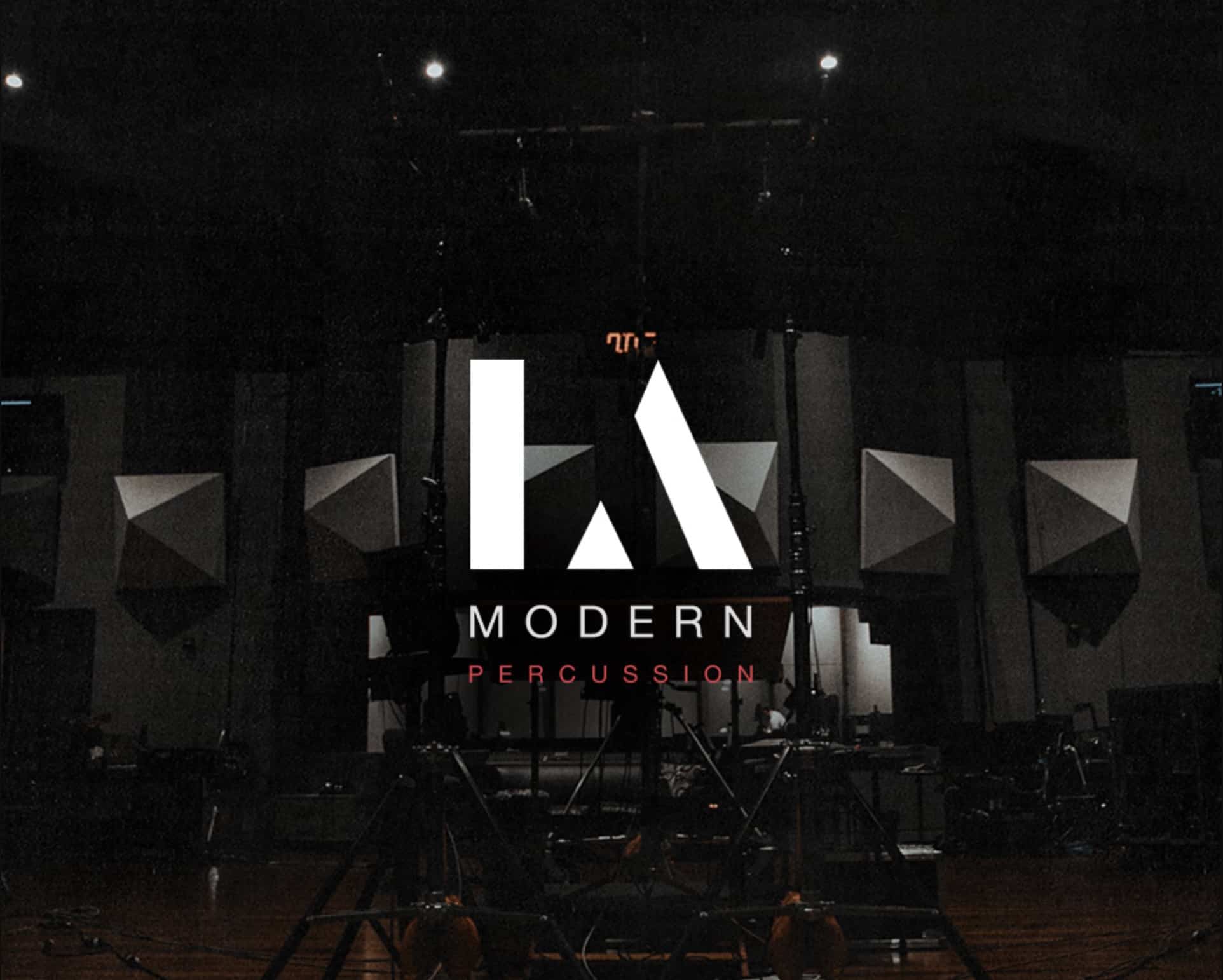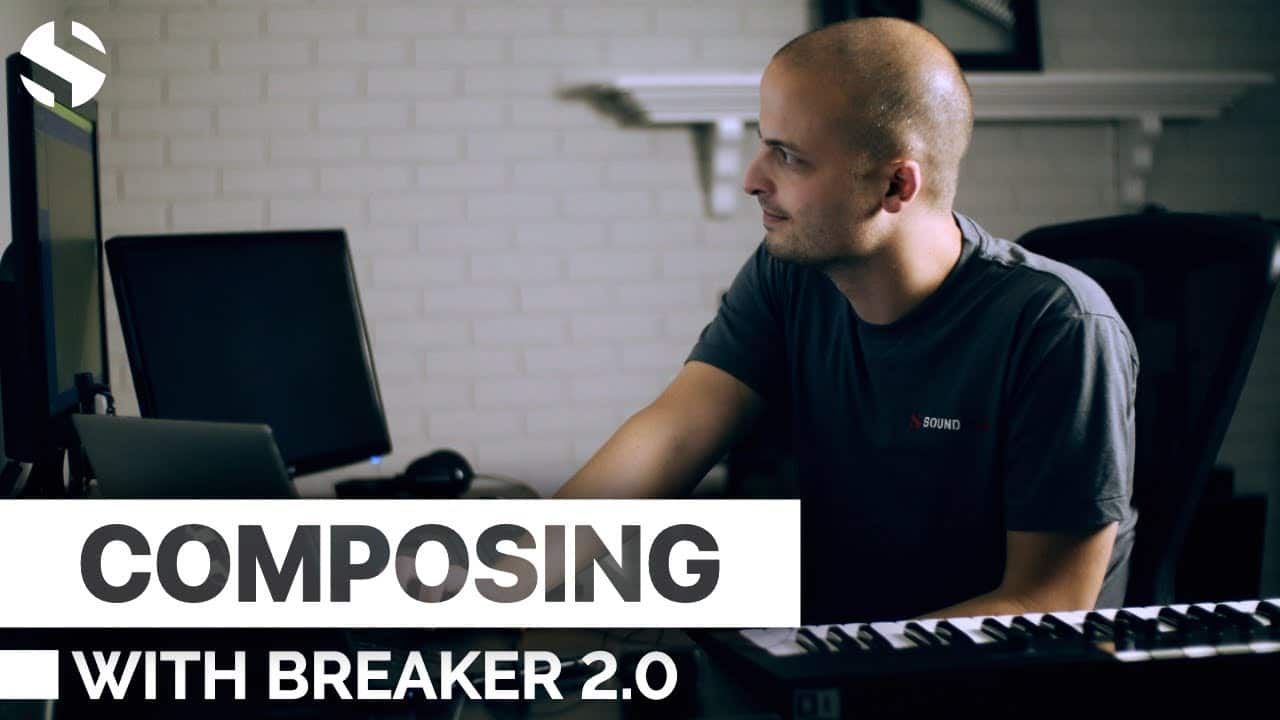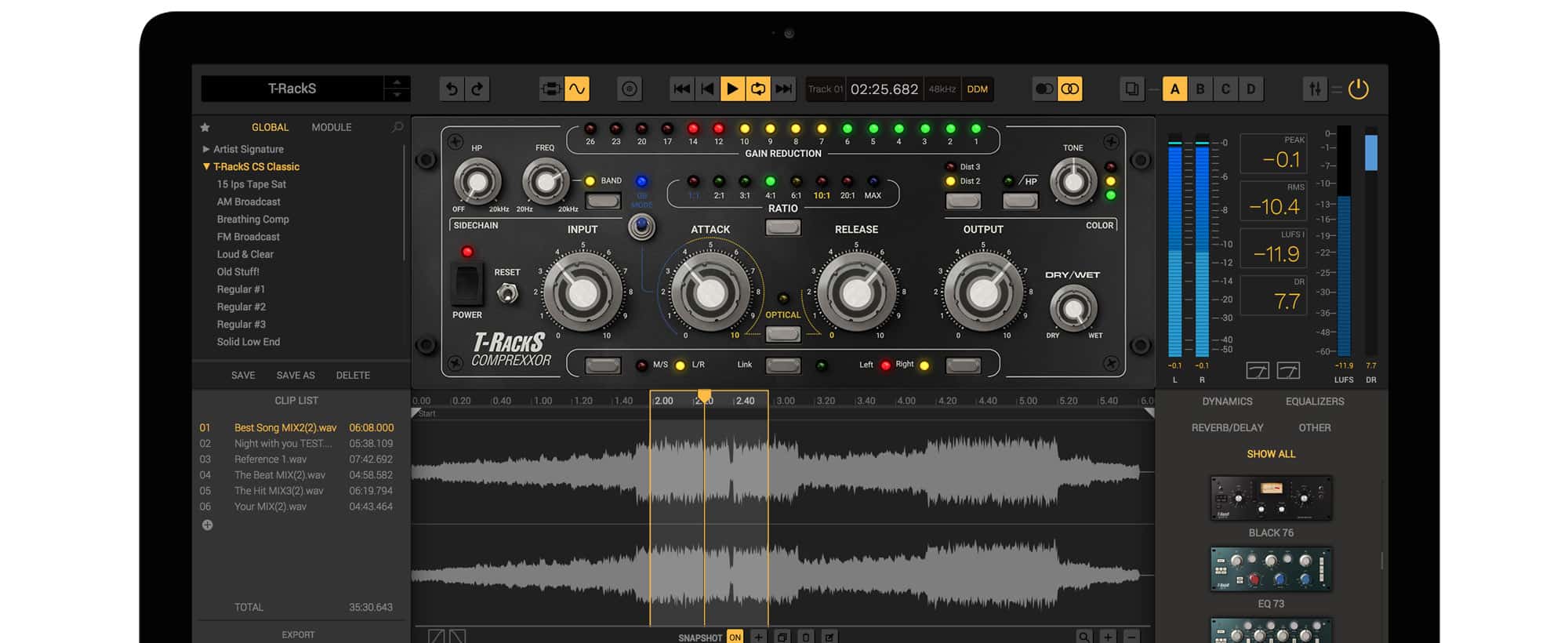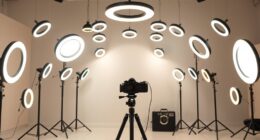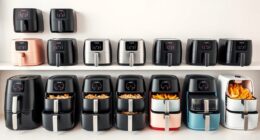Mixing HIP HOP and R&B Guitars – Special Guide
Whether you’re mixing classic R&B, modern pop R&B, hip-hop, rap, or any other style of urban dance music, this easy lesson is guaranteed to provide tips and tricks for getting your guitars to a great starting point.
This video is perfect for producers and mixing engineers of any level, from beginner to pro. I am Alex from Consordini and we will be working in Presonus Studio One 4, and using plugins from Softube, including the revolutionary Softube Console 1 mixing plugin control surface
Guitars can be deceptively tricky instruments to sit just right in a mix. And since they’re so critically important to getting your hip-hop or R&B track sounding polished and radio-ready, you want to take your time and make sure that the mix sounds as tight as possible. Great-sounding guitars can make or break any track, and getting them just right takes time, patience, and practice.
In this tutorial, we break the process down into simple, easy steps to get your hip-hop and R&B guitars sounding great. As with any other topic in music mixing and production, everything comes down to personal taste. When considering using effects like chorus, modulation, reverb, phasing, flanging or anything else, it’s all up to your own creativity and preferences for tone. But there are some critical fundamental steps to getting your guitars to sound clean and professional before you start adding on these types of mixing effects.
In this video, we will show you how to use gating, EQ, compression, and filtering to prep your guitar tracks to sit perfectly in your mix no matter what creative effects you plan to use. Many less experienced mixing engineers will jump straight into using too many dramatic effects right off the bat without considering some simple steps that need to be taken in order to ensure the mix comes out balanced, clear, and sounding pro.
In our fast and simple video tutorial, we show you how to achieve a great starting sound for your guitars every time, no matter what style of music you’re working on. If you’re tired of struggling to find the right tone for your guitar, our tutorial will provide you with the tips and techniques you need to achieve a professional sound with ease. And if you’re looking to take your guitar recordings to the next level, be sure to check out our superior drummer 3 review for an in-depth look at this powerful tool for creating authentic, realistic drum tracks. Whether you’re a beginner or an experienced musician, our tutorial and review will help you elevate your guitar recordings to new heights.
If you’re not working with Studio One or Softube Console 1, that’s OK – these steps can be followed in any major DAW, including Pro Tools, Logic Pro X, Cubase, Nuendo, Reaper, Garage Band, Audacity, FL Studio, or Ableton.
You can use plugins from any manufacturer, including Waves, Slate Digital, McDSP, or anything else. The important thing is understanding the fundamentals of how to use EQ, compression, gating, and other basic audio tools to get your guitars sounding great.


